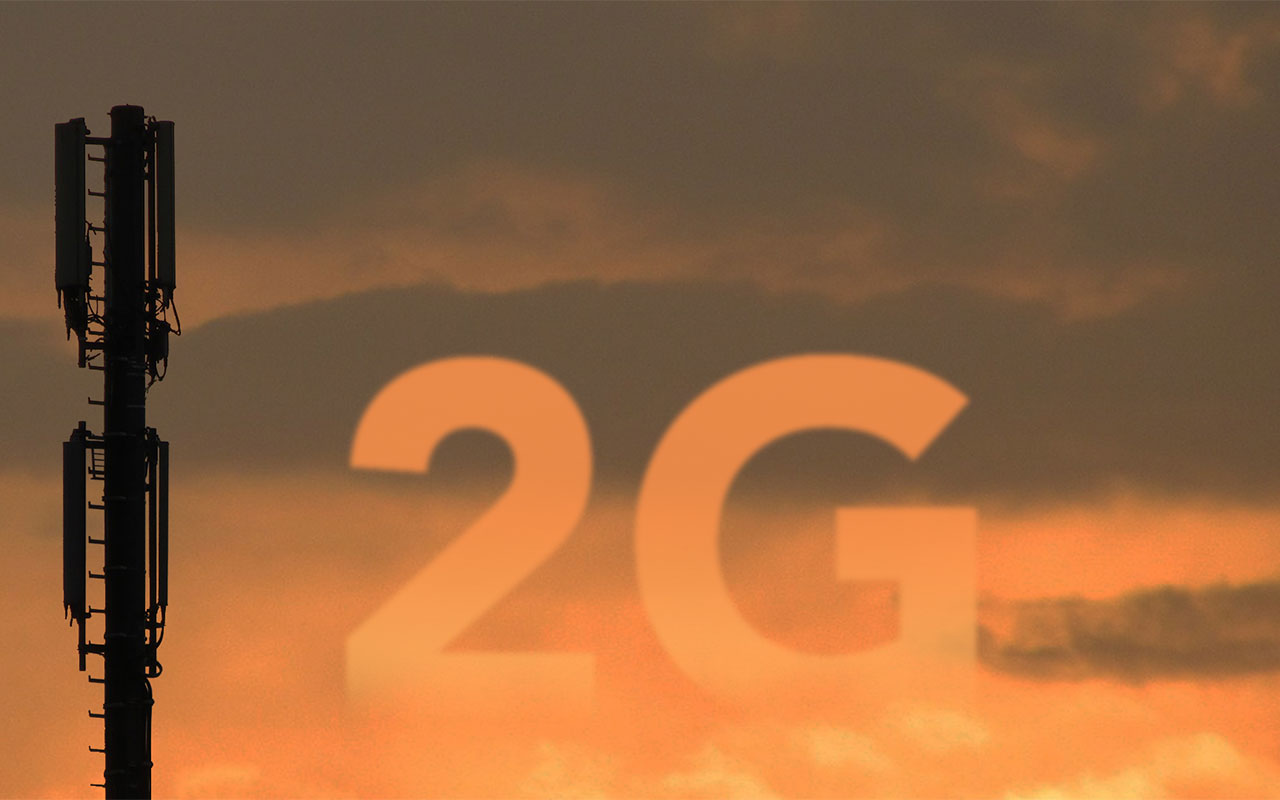
While further investments in 5G standalone and other updates continue in the hope of achieving the elusive 5G upturn, some of Europe’s legacy 3G and even 2G networks continue to play a major role in Europe’s telecom sector as many users are still highly reliant on the old technologies.
Thus, the region’s telcos find themselves on the horns of yet another dilemma as they try to balance the shutdown of networks that must remain in everyday use whilst simultaneously struggling to replace them without causing major service disruptions and outages that would attract opprobrium from all sides.
A new report, Europe’s legacy networks: 3G and 2G still matter in the age of 5G, from Boston, US-headquartered analytics firm Opensignal (the self-styled specialist in “quantifying the mobile-network experience”), takes a detailed look at continuing reliance on 3G and 2G across various European markets and the problems inherent to the transition away from them.
Europe is in the global vanguard when it comes to this critical transition, accounting for 52.6 per cent of all 2G and 3G switch-offs around the world that have either been completed, are in progress, or are planned. The report focuses first on the shutting down of 3G services in the UK, analyses how those actions impacted users and looks at operator strategies more generally.
In the UK, both EE (part of BT Group) and Vodafone have already decommissioned their 3G networks. At the same time, Three, now in the process of merging with Vodafone UK, was part way through the decommissioning of its 3G assets before being acquired. One result of the changes has been that Vodafone UK’s 3G shutdown has caused a more significant usage of the residual 2G network rather than an upswing in 4G uptake as 3G services were removed.
In practice, the decision about which legacy technology to shut down is usually contingent on the needs of an operator’s enterprise customers, particularly those continuing to rely on 2G or 3G services to maintain the continued operation of IoT devices such as smart meters. Other factors that impinge on an operator’s decision to phase out a cellular technology at any particular time include the proven reliability of coverage in rural and remote areas: spectrum licenses held for particular mobile technologies (and how much longer they have to run); and the age and utility of the equipment in use and the level of investment that has been made in each technology and to what extent it has been amortised on a yearly accounting basis.






